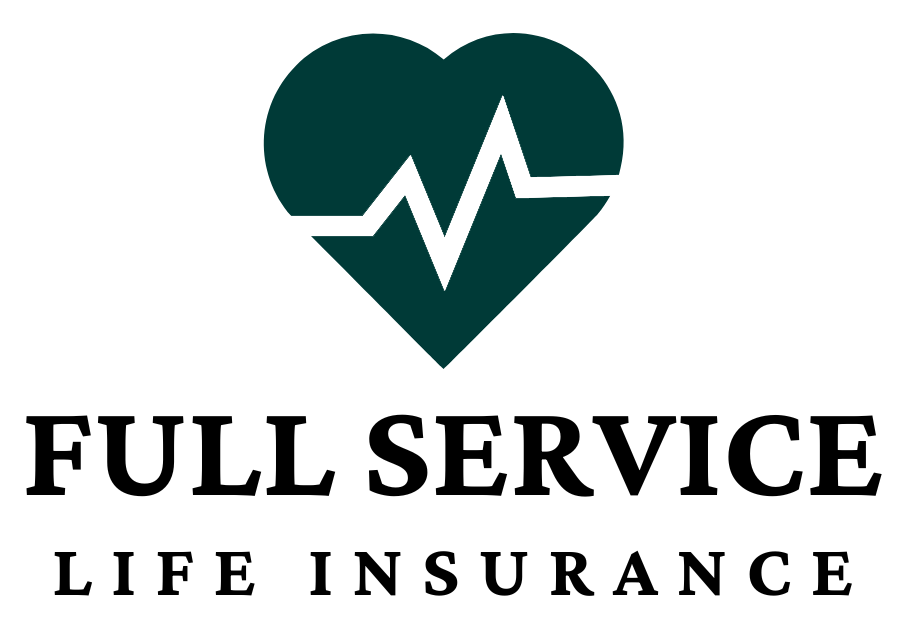- Atlanta, GA

Menu

Disability insurance provides income replacement if you become disabled and unable to work. It ensures that you can continue to meet your financial obligations and maintain your standard of living during a period of disability. Disability insurance policies can be short-term or long-term, depending on your needs and occupation.
Living benefits can be integrated into life insurance policies or obtained as separate riders. They allow policyholders to access a portion of their death benefit while still alive, especially in cases of critical, chronic, or terminal illnesses. The funds accessed through living benefits can be used for various purposes, including medical expenses, loss of income, long-term care, or other essential costs. This feature provides financial support during challenging health situations, enhancing the overall utility of life insurance.
Many people think that their home or their investment portfolio is their biggest asset. In reality, their earning potential is usually their most important asset.
Disability insurance ensures that you and your family remain financially stable if an illness or injury prevents you from working, safeguarding your future and maintaining your quality of life.
Everything from paying your mortgage to saving for a child’s college education depends on your ability to earn money from your job. The lost income from a serious illness or injury that prevents you from working can be substantial.
Sadly, half of working Americans (49%) couldn’t make it six months before financial difficulties would set in—and 11% said they would have problems immediately, according to the 2022 Insurance Barometer Study by Life Happens and LIMRA. An already unfortunate situation is often compounded by hefty medical bills that pile up on top of everyday expenses.
Financial hardship from an injury or illness could lead you to burn through your savings, sacrifice your quality of life or even lose your home.
One of the best ways to protect your future earning potential and keep you and your family on solid financial ground is through a disability insurance policy.
Disability insurance steps in to help you cover expenses; it pays you a percentage of your salary if an illness or injury prevents you from working. Depending on your policy, disability insurance covers your lost income for anywhere for a few weeks to your entire working life.
You most likely purchase auto insurance, homeowners insurance and maybe life insurance to protect yourself and the ones you love. Like each of these coverage options, disability insurance should be a part of your overall financial plan.
The main ways to get disability insurance are through your employer which has many limitations or through an insurance company that can meet your needs.
Simply put, if you have a job and rely on your income, you most likely need disability insurance.
Disability insurance can be thought of as insurance for your paycheck. It ensures that if you are unable to work due to illness or injury, you would continue to receive a portion of your income to help you make ends meet. Everyday expenses like mortgage or rent payments, utility bills, credit card bills and more still pile up even if you can’t work. Hefty medical bills from the illness or injury can often make a bad situation even worse. Disability insurance can cover all this and more.
This makes disability insurance an important consideration for anyone with earnings from a job. After all, your future earnings could total millions of dollars—and one in four people will become disabled and potentially face financial hardship at some point during his or her working life, according to the Social Security Administration.
When thinking about your need for coverage, be sure you consider all the different forms of earned income you may have including:
There are disability insurance policies tailored for those in specific professions, including medical professionals, as well as for those who are self-employed. Those who work for an employer may get disability insurance through their workplace, but the key is to check to see if it would be enough if something happened.
There are two main types of disability insurance:
Keep in mind that some expenses may go down if you can’t work. These can include expenses for commuting, a professional wardrobe and meals out. Important expenses to include in this total are:
As a general rule of thumb, an individual long term disability insurance costs about 1% to 3% of your annual salary. Here are some examples.
Example: Salary $30,000 – DI yearly cost $300-$900 – monthly payment $250-$75
Example: Salary $100,000 – DI yearly cost $1,000-$2500 – monthly payments $83 – $250
Example: Salery $200,000 – DI yearly cost $2000-$6000 – monthly payments $166-$500
A con is that the professional organization may choose to stop offering the coverage at any time, which would terminate your disability insurance. You would also lose coverage if you change professions or leave the professional organization.
There are three main ways to receive disability benefits from the government:
One of the best ways to get disability insurance is to buy it on your own. This lets you get the exact amount of coverage you need and lets you compare coverage and prices from a variety of insurance companies.
Plus, you don’t need to worry about losing coverage if you change jobs or leave a particular professional organization. Your best bet is to work with a licensed insurance agent to learn about your options and get a disability insurance quote. He or she can help tailor coverage to your exact needs as well.
Get started before it’s too late! It’s a limited time offer so hurry up! Get your 10% discount today!

Simple to fully underwritten policies with all the extras that we can show you